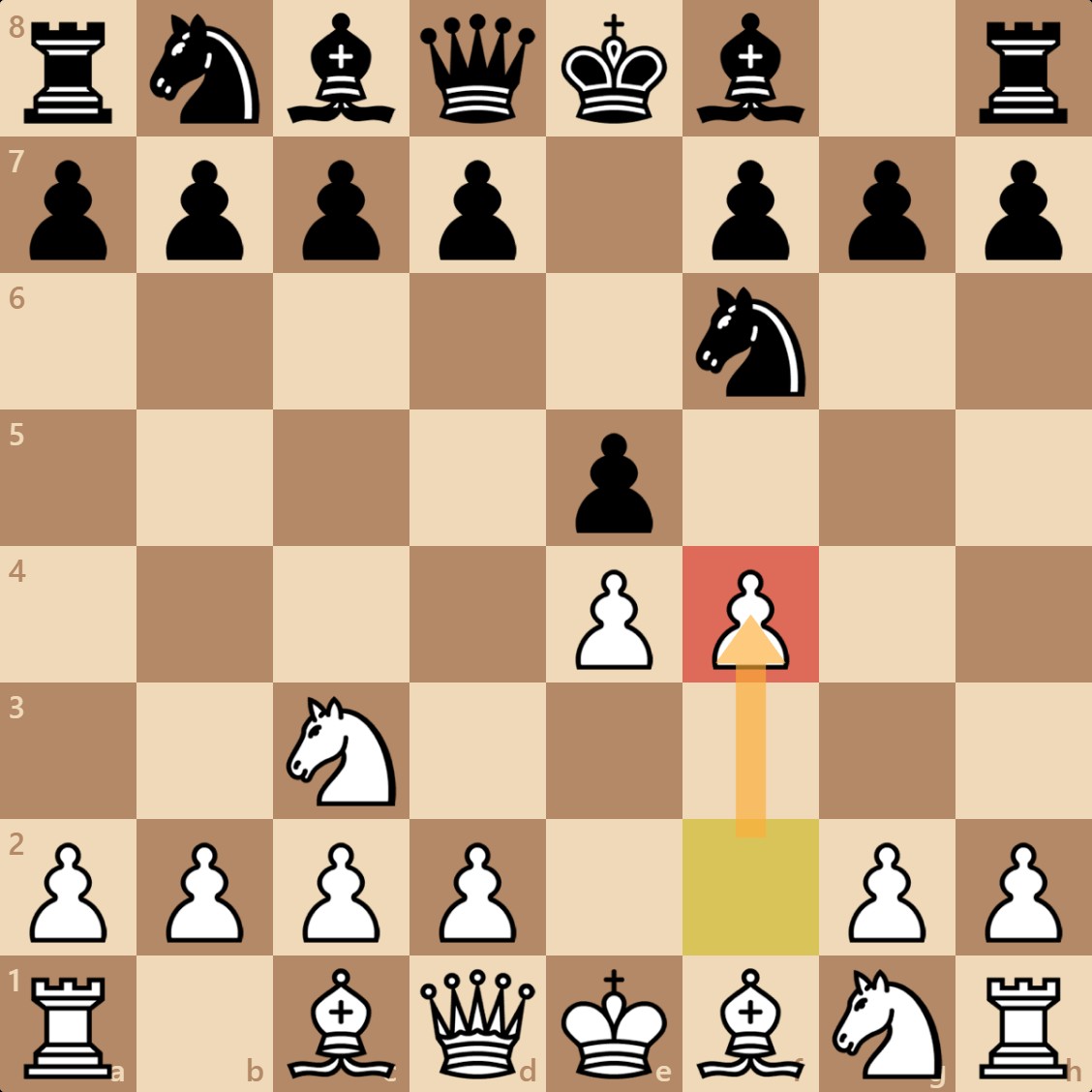Chess, a game of strategy and tactics, has captivated minds for centuries. If you’re just starting your chess journey, this guide will provide a comprehensive overview of how to play chess. We’ll cover the basics, including the Vienna Gambit, a dynamic opening for White.
Understanding the Chessboard and Pieces
The chessboard consists of 64 squares arranged in an 8×8 grid. Each player controls 16 pieces:
- King: The most important piece. If it’s checkmated, you lose.
- Queen: The most powerful piece, can move any number of squares diagonally, horizontally, or vertically.
- Rook: Moves any number of squares horizontally or vertically.
- Bishop: Moves any number of squares diagonally.
- Knight: The only piece that can jump over other pieces, moves in an “L” shape (two squares in one direction and then one square perpendicularly).
- Pawn: Moves one square forward, but captures diagonally. Pawns can be promoted to any other piece (except a King) when they reach the opposite end of the board.
Basic Chess Rules
- Movement: Each piece has a unique way of moving, as described above.
- Capturing: If you move a piece to a square occupied by an opponent’s piece, you capture it, removing it from the board.
- Check: When the King is under attack, it’s called “check.” The player in check must immediately take action to remove the threat.
- Checkmate: If the King is in check and there is no legal move to remove it from attack, it’s “checkmate,” and the game is lost.
- Stalemate: If a player has no legal moves but their King is not in check, it’s a “stalemate,” and the game is a draw.
- Castling: A special move involving the King and one of the Rooks. It allows you to simultaneously protect your King and develop a Rook.
- En Passant: A special pawn capture that can occur under specific circumstances.
Introduction to the Vienna Gambit
The Vienna Gambit is an aggressive chess opening for White that arises from the King’s Pawn Opening (1. e4 e5). It’s characterized by the moves 1. e4 e5 2. Nc3 Nf6 3. f4.
The Vienna Gambit, attributed to Carl Hamppe, a 19th-century chess enthusiast in Vienna, presents a dynamic approach, potentially evolving into a delayed King’s Gambit.
Vienna Gambit Accepted (1. e4 e5 2. Nc3 Nf6 3. f4 exf4)
In this variation, Black accepts the gambit by capturing the f4 pawn.
White then usually plays 4. e5, attacking the Black knight on f6. The most common response for Black is to retreat the knight to g8 (4… Ng8).
- Why is Ng8 the best move? All other squares are covered or protected by white pieces, making the knight vulnerable.
Key Ideas in Vienna Gambit Accepted:
- Development Advantage: White aims to capitalize on a lead in development.
- Center Control: White strives to control the center of the board with pawns (e.g., d4).
- Recapture on f4: Eventually, White aims to recapture the pawn on f4.
- Attack on the F-file: Focus attacking down the F-file.
Vienna Gambit Accepted: Common Variations
-
4. e5 Ng8 5. Nf3: Developing the knight to prevent Qh4+ check.
-
4. e5 Qe7: Black pins the e5 pawn to the King. White replies with 5. Qe2, unpinning the pawn and attacking the knight. Then black retreats to g8 with 5… Ng8.
- Safer Approach: 6.Nf3 Developing the king’s knight removes the risk.
- Spicy Approach: 6. d4 The plan with (6. d4) is that we take the centre, and we INVITE Black to go down a garden path with Qh4+.
Vienna Gambit Declined (1. e4 e5 2. Nc3 Nf6 3. f4)
If Black chooses not to accept the Vienna Gambit (exf4), they must defend the e5 pawn. Common options include:
-
3… Nc6: White captures the e-pawn (4. fxe5) and continues the attack.
- 4. fxe5 Nxe5 5. d4: Hitting the knight now on the e5 square. The knight now must move yet again (only c6 or g6 are available), and in both situations, pushing forward with our e-pawn (6. e5) results in the same pressure on the knight on f6 as in the Vienna Gambit Accepted – it seems that it must undevelop to g8.
-
3… Bd6: White captures the e-pawn (4. fxe5), then pushes d4 and e5, creating a pawn fork.
-
3… d6: A more solid approach for Black.
- 4. Nf3: White develops the knight to support d4.
- 4… Nc6 5. d4: White pushes d4 and Black is pretty much forced to trade.
- 4… Be7 5. d4: White pushes d4 and Black is pretty much forced to trade.
- 4… Bg4 5. h3: Forcing Black to justify their bishop move.
- 4. Nf3: White develops the knight to support d4.
Basic Chess Strategy
- Control the Center: Controlling the center of the board gives you more mobility and influence.
- Develop Your Pieces: Bring your pieces out to active squares where they can control more space and participate in attacks.
- Protect Your King: Keep your King safe by castling and developing pieces to defend it.
- Coordinate Your Pieces: Work to bring your pieces to work together to control key squares and launch attacks.
- Think Ahead: Try to anticipate your opponent’s moves and plan your strategy accordingly.
Tips for Beginners
- Practice Regularly: The more you play, the better you’ll become.
- Study Basic Tactics: Learn about forks, pins, skewers, and other basic tactical motifs.
- Analyze Your Games: Review your games to identify mistakes and learn from them.
- Learn From Others: Watch videos, read books, and consult with experienced players.
- Be Patient: Chess takes time to master. Don’t get discouraged if you don’t see results immediately.
Conclusion
Learning how to play chess is a rewarding experience that can provide hours of enjoyment and mental stimulation. By understanding the basic rules, strategies, and openings like the Vienna Gambit, you’ll be well on your way to becoming a skilled chess player. Now, go forth and conquer the chessboard!

